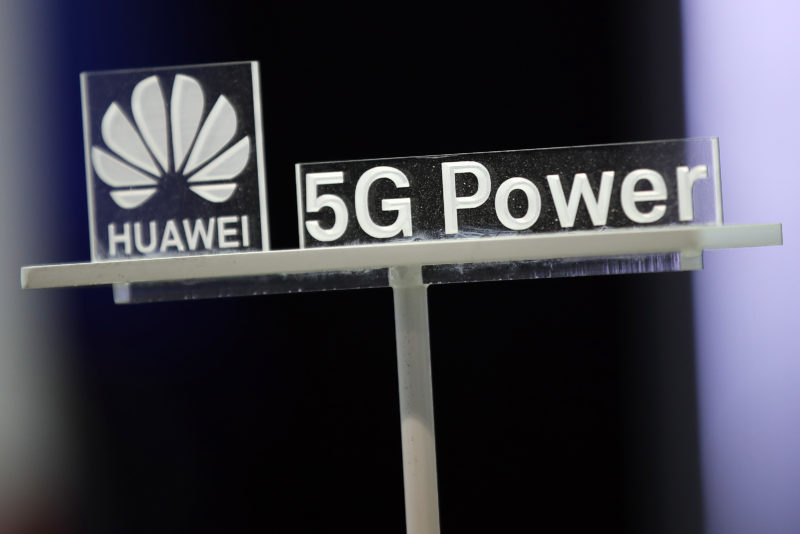Huawei moving on 5G while politics plays out
US regulators have proposed rules to block telecom carriers from buying from Chinese tech companies Huawei and ZTE (STEFAN WERMUTH)
San Francisco (AFP) – Major state telecom operators are rolling out 5G wireless advances in China as the country races to close a technology gap with the United States amid a bruising trade war.
The new-generation telecommunication networks move data at blazing speeds, promising economic and technological advantages to countries where they are deployed.
US regulators earlier this week proposed rules to block telecom carriers from buying from Chinese tech companies Huawei and ZTE, and to remove any of their equipment already in place to “safeguard the nation’s communications networks.”
The US Federal Communications Commission said the rules — to be voted on November 19 — were part of an initiative to “safeguard the nation’s communications networks.”
The two Chinese firms have been accused of posing a national security threat because of their close ties to the Beijing government. Both have repeatedly denied the allegations.
AFP sat down with Huawei US vice president of public affairs Joy Tan to ask her three questions:
– What is your reaction to the proposal of the US regulators? –
Huawei has never had any major cybersecurity-related incident.
I think targeting specific vendors based on country origins will not make America’s communication network more secure.
It will only impact rural operators and the most underserved areas in US.
So, we think this kind of action will further widen the digital divide and slow the pace of economic development, not make the network more secure.
On average we procure $11 billion in goods and services from US suppliers each year. These companies cannot continue to sell components or products to Huawei. I’ve seen their business impacted in the short term and in the long term we’ll see bigger impact for US companies as well.
$11 billion creates about 40,000 to 50,000 US jobs, so we hope these jobs won’t be impacted for the longer term.
– How is the deployment of 5G going? –
South Korea and the US started launching 5G last year.
Already 3.5 million people are on 5G services.
China is moving very fast in terms of 5G deployment.
We continue to sign more contracts globally as well, Huawei is definitely leading commercial deployment of 5G. 5G has come faster than all expected; we believe we are 12-18 months ahead of competitors.
Our most recent 5G base stations are shipped without any US components; (instead they come) with our own or components from other countries, so we’re not dependent on the US components
– Do you need to work with the US? –
We want to work with them.
Huawei’s principle is always to collaborate with the best companies around the world, so that’s why we continue to want to engage with the US companies.
If the US government allows big suppliers to continue to ship components, we’ll continue to buy from them, even if we have our own solutions and alternatives.
Harmony OS has a different purpose compared to Android or iOS.
When we designed it, we had the future in mind. It’s a lightweight, compact operating system, with powerful functionalities. We use that for smart watches and smart screens in vehicles, and smart speakers first.
We definitely want to keep working with American companies including Google.
We continue to watch to see if Google will get a temporary license from the US government to continue to supply us. We hope we’ll see some good news next month or sooner.
Disclaimer: Validity of the above story is for 7 Days from original date of publishing. Source: AFP.


